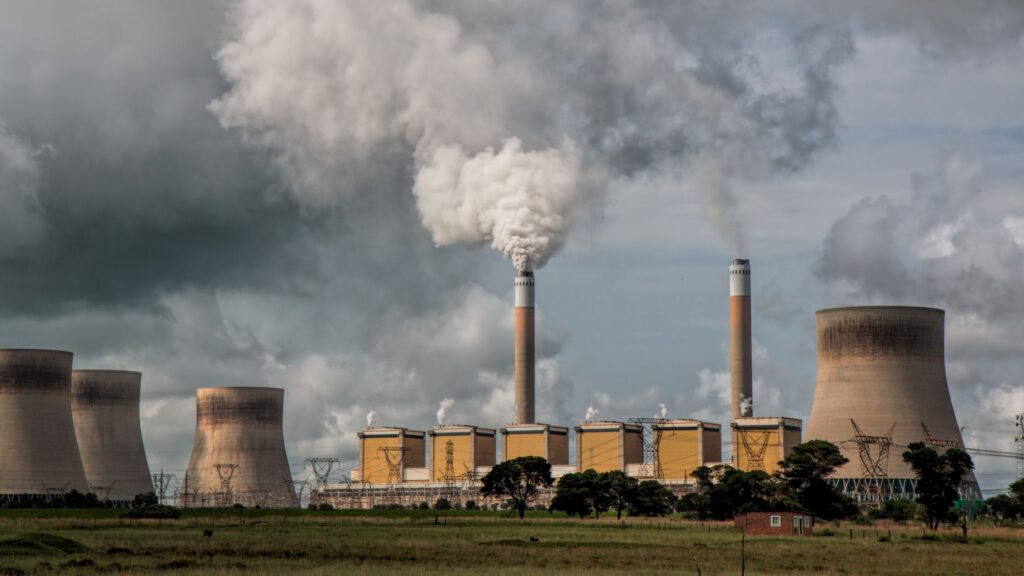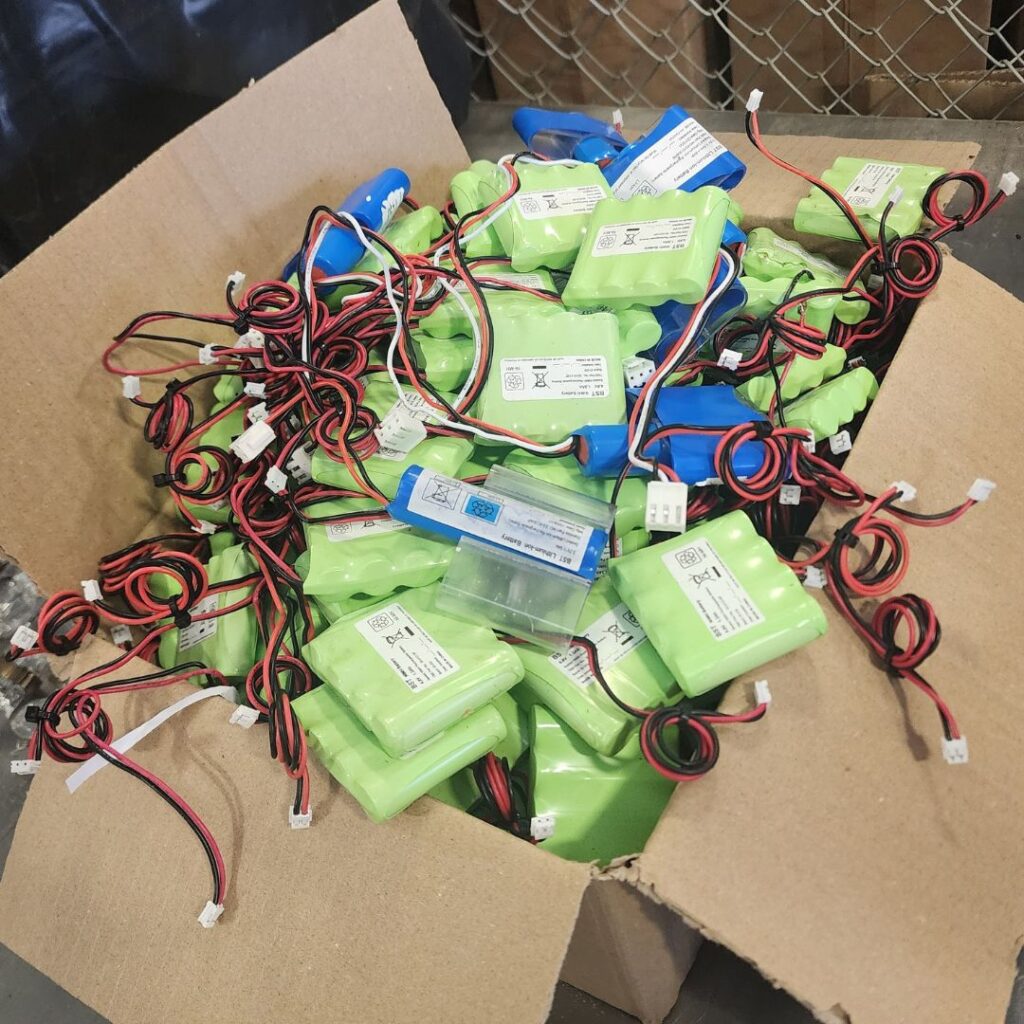Over the past five years, we’ve refined how we calculate emissions savings from Smarterlite’s Environmental Exit Signs by updating our approach to Emission Factors (EF), or carbon intensity.
While our early calculations used conservative EF based on our Victorian market, our expanding national footprint now requires a more tailored model.
As adoption grows across other states and territories, we now use jurisdiction-specific EF to reflect more accurate savings. This shift is supported by customer demand for better lifecycle, energy, and maintenance performance—as well as the fact that many customers are undertaking their own emissions modelling and savings calculations.
Moving forward, we will adopt the EF published in the 2024 Australian National Greenhouse Accounts Factors (see below). For multi-jurisdictional clients, we will apply weighted averages to reflect their building footprint, aligning our calculations with national reporting standards and client expectations.
Table 1: Indirect (scope 2 and scope 3) emission factors from consumption of purchased or acquired electricity
| State, Territory or grid description | Emissions Factor (kg CO2-e/kWh |
| New South Wales and Australian Capital Territory | 0.70 |
| Victoria | 0.86 |
| Queensland | 0.81 |
| South Australia | 0.28 |
| Western Australia – South West Interconnected System (SWIS) | 0.57 |
| Western Australia – North Western Interconnected System (NWIS) | 0.70 |
| Tasmania | 0.18 |
| Northern territory – Darwin Katherine Interconnected System (DKIS) | 0.63 |
| National | 0.70 |
Sources: Primary data sources comprise National Greenhouse and Energy Reporting (Measurement) Determination 2008 (Schedule 1), Australian Energy Statistics, Clean Energy Regulator, and AEMO data and Department of Climate Change, Energy, the Environment and Water.


